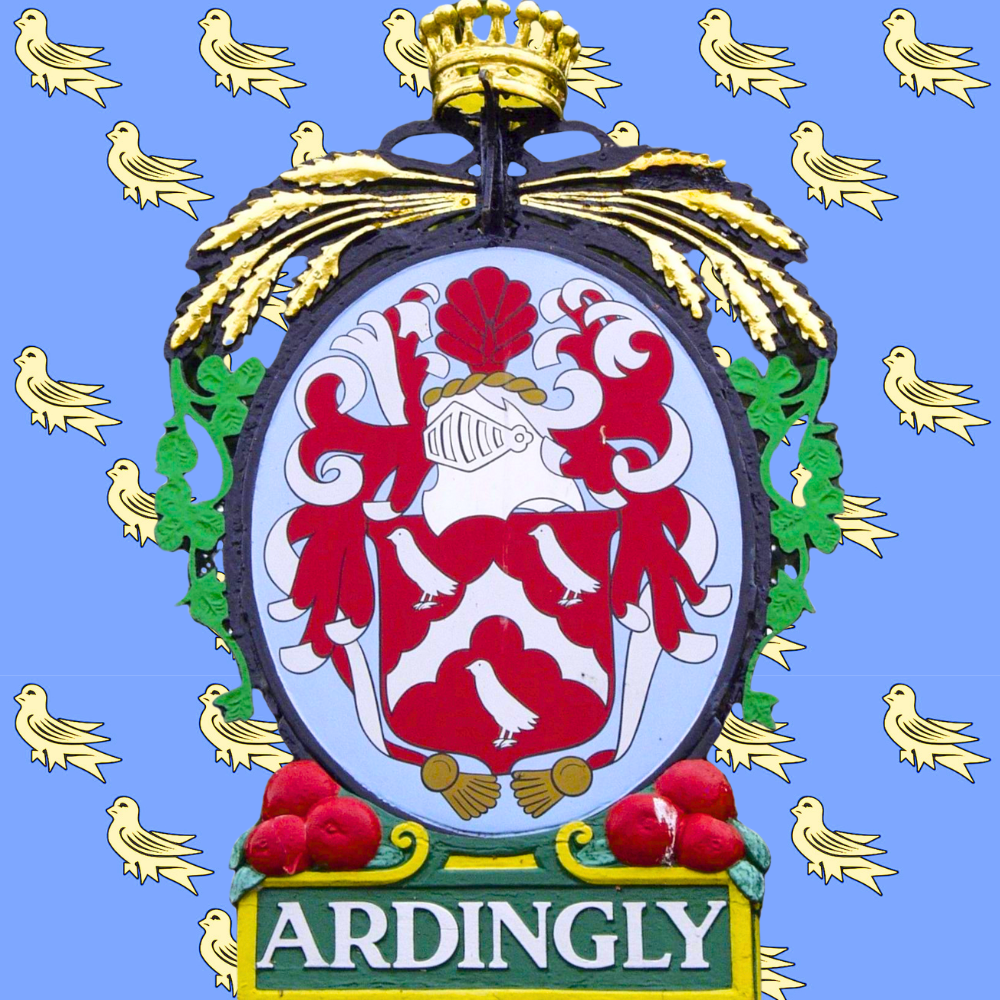From 1841 to 1851 according to the census, the population of Ardingly increases by 76 to 666 and with the number of children under the age of 13 at 230. This is the same percentage (34.5%) increase as in the 1841 census. The number of men described as farmers had increased by three to nineteen and the farm labour force by ten to l05. The farm servants remain the same. This does not include wives, daughters and young sons used on the farm. Farm bailiffs now number two and gamekeepers ,three. This brings the total engaged on the land to 125, an increase of six. The census records one carter boy and no carters as such. Farm labourers would double up as carters and farmers cart for themselves. There are four millers using their own carts. Blacksmiths four in number for the farm horses and farm machinery as well as the horses for private transport. Only one coachman and groom was recorded.
There is not much variation in other occupations since 1841 except boot and shoe makers increase to live. The census records origins of birth and that 87.7% are from Sussex of which 56% were born in Ardingly and only 7% from other counties. Local roads were notorious as were all Sussex Roads at the time, hard and deep rutted in summer and a quagmire in Winter, although Ardingly did have a good Turnpiked Road. It seems that parishioners did not travel very far. 46 come from Lindfield, 40 from West Hoathly, 25 from Cuckfield and 22 from Balcombe, all nearby. The explanation is that marriage partners come from these places, or families had moved to obtain work.
The village is not really isolated with its Brighton to Newchapel Toll Road passing through the village at Hapstead Green where there was a junction of one toll road to Lindfield and the other to Cuckfield. Turnpikes or gates guarded the junction with its wooden Toll house, in which the census records a Thomas Harding with a family of six.
Wakehurst Place is now rented out according to the census to a A.E. Cockburn. a barrister from Hasesly, near Royal Leamington Spa in Warwickshire. He is described as a British subject. Ardingly is not too far from London which was now accessible through the London Brighton Railway at Haywards Heath may be the reason for his move . The parish marriage registers of 1848 provide another clue for recorded is a Phyllis Agnes Elizabeth Cockburn of full age, gentlewoman whose father is Alexander Cockburn, late envoy, extraordinary minister, plenipotentiary to the Court of Wortenburg.
Employed at Wakehurst Place are seven local servants including a farm bailiff and a game keeper. Cockburn entertains family visitors including a surgeon from Lancaster who come for the shooting of game which was abundant at Wakehurst. Wakehurst apart from this seems to have little influence on the life of the parish except the leasing and renting of farms.
The rest of the occupations of villagers are similar to that of 1841 but now with three drapers, a butcher, milliner, wheelwright, three carpenters, two sawyers, a glazier, bricklayer, a thatcher (most houses were stone or tiled roofs but many farm out buildings were thatched), a chairmaker, watch and clockmaker, schoolmistress, an inn keeper and seller of beer. A rector is now in residence with a parish clerk mentioned for the first time. There is no mention of bakers with most families baking their own bread with flour from the four village millers.
The 1841 census there are very few poor people mentioned, but in this census twelve are recorded on parish relief, living in the Old Poor [louse Buildings opposite the parish church. Six beggars and an idiot are recorded.
